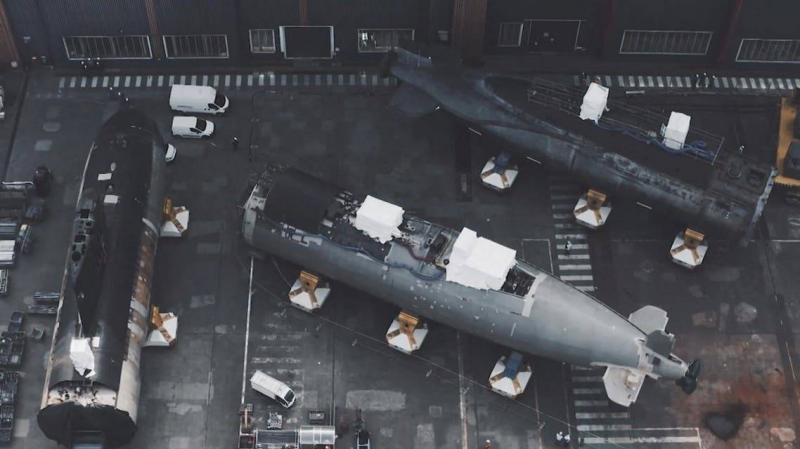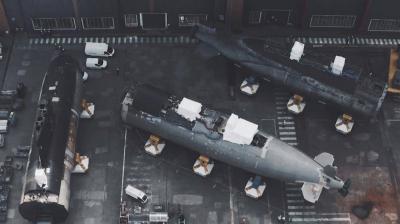The submarine deal between the U.S. and Australia, along with recent missile tests in the Pacific region, has highlighted a regional arms race amid increasing competition between China and the United States. Within 24 hours this week, North Korea launched projectiles from a train, South Korea successfully tested its first submarine-launched ballistic missile, and Australia announced an unprecedented deal to purchase advanced U.S. nuclear-powered submarines and Tomahawk cruise missiles.
### Accelerating Arms Spending
Experts suggest these developments indicate a region where spending on the most advanced weapons is rapidly increasing. In commenting on this situation, Yonsei University professor John Delury stated to AFP that "there is some urgency in arms acquisition in the Indo-Pacific region... with a sense that everyone is doing it." Lucy Bird-Siddiqi, a researcher at the institute, explained that there has been "an upward trend in that region over the past twenty years," noting that "Asia is indeed the region where the upward trend in armament is more noticeable than anywhere else." Last year alone, the Asian and Oceanic regions spent over one trillion U.S. dollars on their militaries, according to figures from the Stockholm International Peace Research Institute.
### China's Dominance
China accounts for half of this expenditure, currently spending about 252 billion dollars annually on its defense, a 76 percent increase since 2011. This allows Beijing to showcase its strength throughout the region and directly challenge U.S. supremacy. However, defense spending is also on the rise in Australia, India, Japan, South Korea, and other locations.
### Deterring China
According to Michael Shoebridge, a former official in Australian military intelligence now at the Australian Strategic Policy Institute, this spending is a direct reaction to China. He stated that "the real military competition is between China and other partners seeking to deter it from using force." He added, "This reaction has intensified, especially since Xi Jinping took office, as it is clear he is interested in using all the power China gains in a coercive and aggressive manner."
### Australia and U.S. Nuclear Submarines
Furthermore, he clarified that Australia's decision last Thursday to acquire at least eight U.S. nuclear-powered submarines and an unspecified number of Tomahawk cruise missiles also comes in the context of raising the costs for China to engage in any potential military conflict. He continued, "Even South Korea's expenditures are driven by China as well as North Korea... there is no other explanation for Seoul's decision to build an aircraft carrier aside from North Korea." Additionally, "India's modernization of its military is clearly driven by the growing military power of China," according to the analyst.
### China Loves Armament and the U.S. is Happy
China, eager to describe its relationship with the U.S. as "great power competition," accuses the U.S. of fueling the arms race. However, while the fear of China has become a driving force behind regional defense spending, the U.S. seems pleased to accelerate this process and assist its regional allies in strengthening their capabilities.




